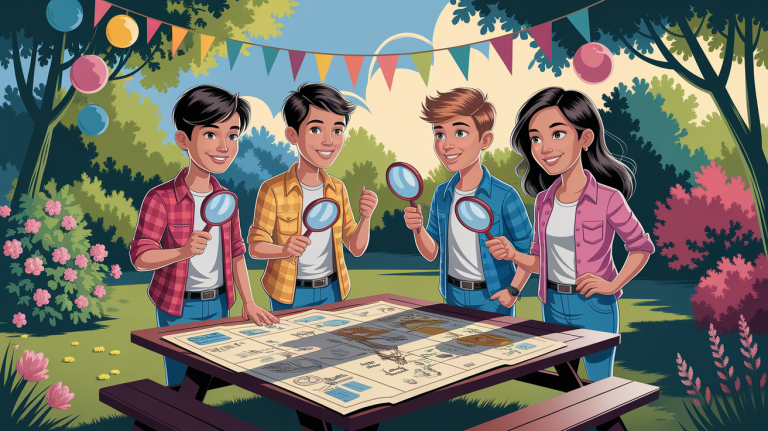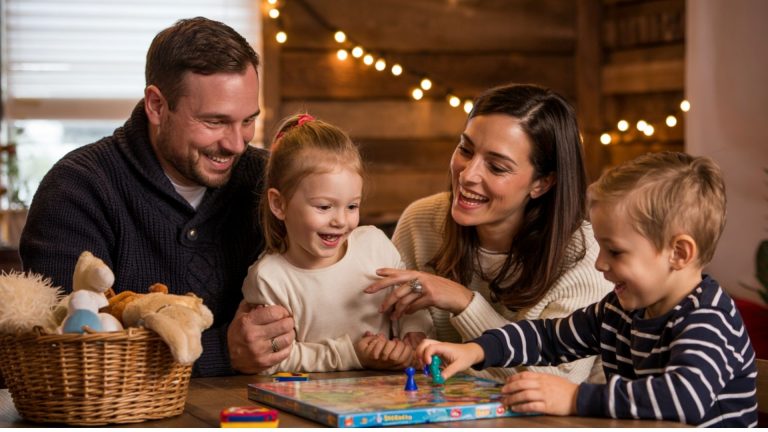What are Some Common Cat-Related Words?

Have you ever felt tongue-tied when talking about your feline friend? Don’t worry! We’ve all been there.
Cats can leave us speechless with their antics, but not anymore. This guide will help you become fluent in cat-speak.
From whiskers to purrs, we’ll cover the basics and beyond. Get ready to impress your kitty companions and fellow cat lovers alike.
In this article, we’ll learn cat-related words that can be used in cat puns.
So, whether you’re a new cat parent or a seasoned feline enthusiast, this article is for you.
Let’s get on this fun journey through the world of cat words together!
Cat-O-Dictionary
- Kitten: The young offspring of a cat.
- Meow: The characteristic sound made by cats.
- Purr: A sound cats make when they are content.
- Whiskers: Long, stiff hairs on a cat’s face.
- Feline: Another term for cats, indicating the family they belong to.
- Claws: The sharp nails on a cat’s paws.
- Litter: The material used by cats to urinate and defecate.
- Tabby: A cat with a distinct striped or spotted coat pattern.
- Paws: The feet of a cat.
- Tail: The flexible, elongated appendage at the back of a cat.
- Catnip: A plant that induces a euphoric reaction in cats.
- Collar: A band that goes around a cat’s neck.
- Scratching Post: A designated place for cats to sharpen their claws.
- Moggy: A term often used to refer to a mixed-breed cat.
- Siamese: A breed of cat known for its slender body and blue eyes.
- Persian: A breed of cat with a long, fluffy coat.
- Calico: A cat with a tri-color coat pattern.
- Grooming: The act of cleaning and maintaining a cat’s fur.
- Hiss: A defensive sound made by cats.
- Pounce: The action of leaping or jumping to catch prey.
- Napping: The frequent short periods of sleep taken by cats.
- Stray: A cat that lives outside and does not have a home.
- Bengal: A breed of cat known for its spotted coat.
- Maine Coon: A large breed of cat known for its friendly nature.
- Sphinx: A breed of cat known for its lack of fur.
- Cat Tree: A structure for cats to climb and play on.
- Tortoiseshell: A cat with a mottled coat of two colors, typically black and orange.
- Climbing: An activity that cats enjoy, often involving trees or furniture.
- Indoor Cat: A cat that lives inside a home.
- Outdoor Cat: A cat that spends time outside.
- Lap Cat: A cat that enjoys sitting on people’s laps.
- Hairball: A mass of hair that cats sometimes vomit.
- Alley Cat: A stray or feral cat, often found in urban areas.
- Neutering: A surgical procedure to prevent cats from reproducing.
- Declawing: A controversial procedure to remove a cat’s claws.
- Spraying: The act of marking territory with urine, typically done by male cats.
- Furball: Another term for a hairball.
- Rescue: An organization or effort to save homeless cats.
- Pedigree: A cat with documented ancestry.
- Breeder: A person who breeds cats professionally.
- Lynx Point: A coat pattern in some Siamese cats resembling a wild lynx.
- Grumpy Cat: A famous internet meme cat known for its permanently grumpy expression.
- Kitty Litter: Another term for litter used for cats.
- Milk: It’s a treat that some cats enjoy drinking.
- Tuna: A favorite food for many cats.
- Fur: The coat of hair on a cat.
- Feral: A wild or feral cat.
- Nuzzle: The act of rubbing against something affectionately.
- Leash: A cord or strap used to walk a cat.
- Mouse: A common prey for cats.
- TNR (Trap-Neuter-Return): A method for managing feral cat populations.
- Scruff: The loose skin on the back of a cat’s neck.
- Foster: Temporary care for cats awaiting adoption.
- Adoption: The process of taking a cat into a home from a shelter or rescue.
- Vaccination: Medical shots given to prevent diseases in cats.
- Microchip: A tiny identification device implanted in a cat.
- Breed: A specific type of cat with distinct characteristics.
- Cattery: A place where cats are bred and cared for.
- Cat Show: An event where cats are judged based on breed standards.
- Kittenhood: The early stage of a cat’s life.
- Cat Door: A small door allowing cats to enter and exit freely.
- Catnip Toys: Toys infused with catnip to entertain cats.
- Whisker Fatigue: A condition where cats become stressed due to overstimulation of their whiskers.
- Cat Cafe: A café where people can interact with cats.
- Panther: A term sometimes used to refer to large black cats.
- Play: The activity of engaging in games or fun, often with toys with cats.
- Chirrup: A sound made by cats, often when excited.
- Vocalize: The act of making sounds or noises, such as meowing.
- Predator: An animal that hunts other animals, like cats.
- Companion: A term describing cats as pets and friends to humans.

Conclusion
As we wrap up our journey through cat-related words, let’s take a moment to reflect on what we’ve learned.
We’ve explored a range of terms that help us better understand our feline friends, from their behaviors to their needs.
We’ve looked at words describing cat sounds like “meow” and “purr,” which are key to how cats communicate with us.
We’ve also covered important care-related terms such as “litter box” and “cat tower,” which are essential for keeping our cats happy and healthy.
Understanding these words isn’t just about expanding our vocabulary. It’s about deepening our bond with our furry companions.
When we know what our cats are trying to tell us, we can respond to their needs more effectively, leading to happier, healthier cats.






